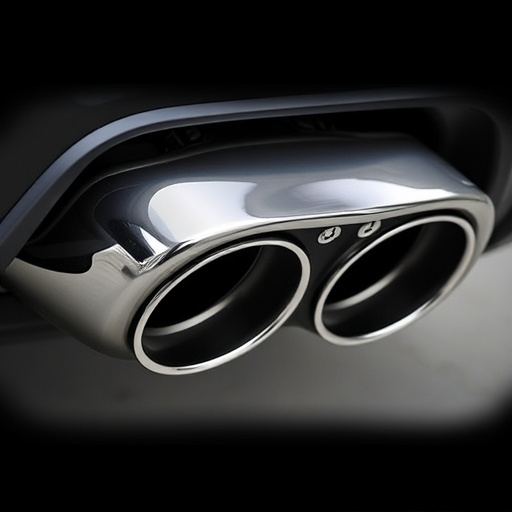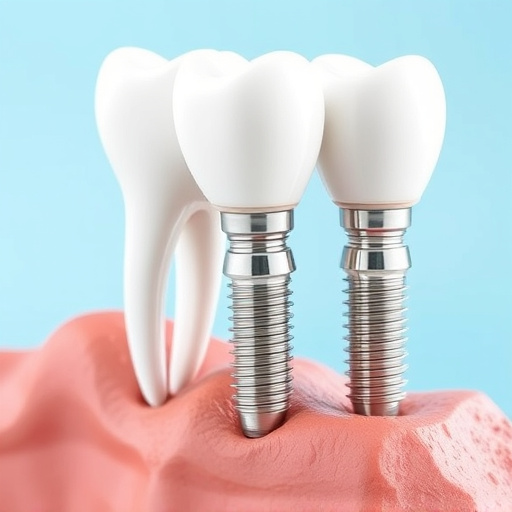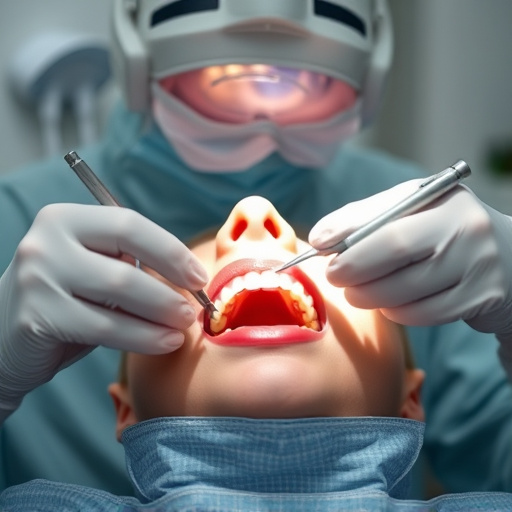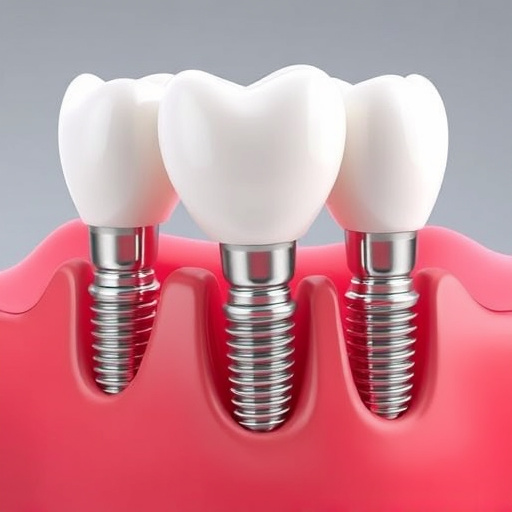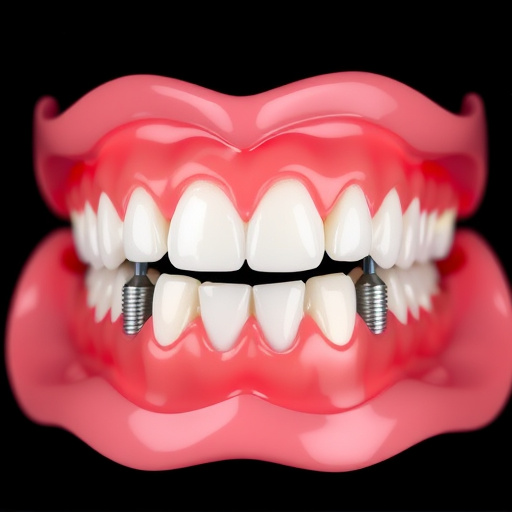Understanding costs is key when considering various orthodontic treatment options. Metal braces are affordable and effective but have aesthetic trade-offs. Ceramic/clear braces offer discreet solutions but are more expensive. Invisible aligners and wisdom tooth removal address unique needs at varying costs. Consulting dentists provides insights into clinical effectiveness and financial implications. Clear aligner trays (Invisalign) provide an affordable alternative, while functional orthodontics and jaw devices cater to specific issues with varied maintenance requirements. Costs vary based on treatment complexity, brace type, location, insurance coverage, and more.
“Exploring the financial landscape of orthodontic treatment options has never been more crucial for prospective patients. This comprehensive guide delves into the diverse world of orthodontic care, from traditional braces to innovative non-brace treatments. We dissect the varying costs associated with each option, highlighting key factors influencing expenses. Understanding these variables empowers individuals to make informed decisions, ensuring they receive quality care that aligns with their financial considerations.”
- Different Types of Orthodontic Braces: Costs and Varieties
- Non-Brace Orthodontic Treatments and Their Pricing
- Factors Affecting Orthodontic Treatment Expenses
Different Types of Orthodontic Braces: Costs and Varieties
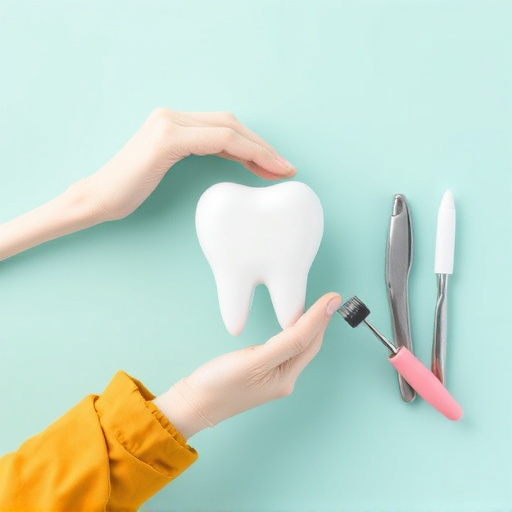
When considering different orthodontic treatment options, understanding the costs associated with various brace types is essential. The financial aspect can vary significantly based on factors like materials used, complexity of the case, and the dentist’s location. Traditional metal braces remain a popular choice due to their effectiveness and affordability compared to newer alternatives. While they may require more adjustments and have some aesthetic considerations, metal braces often represent a balanced option for many patients.
On the other hand, ceramic or clear braces offer a more discreet appearance, making them preferable for those seeking a cosmetically appealing solution. These types of braces are generally more expensive due to their advanced materials and intricate design. Additionally, certain orthodontic issues might necessitate unique solutions like invisible aligners or even wisdom tooth removal, which can further influence the overall cost. It’s beneficial to explore these options with general dentistry professionals who can provide insights into both the clinical effectiveness and financial implications of each treatment choice within the broader spectrum of orthodontic treatment options.
Non-Brace Orthodontic Treatments and Their Pricing

Non-brace orthodontic treatments offer an alternative to traditional metal braces for those seeking straight teeth without the constraints of a fixed appliance. These options include clear aligner trays, such as Invisalign, which gradually move teeth into place using a series of custom-made, nearly invisible trays. The cost of this method is often more affordable than braces, but it may not be suitable for everyone or every degree of tooth misalignment. Pricing can vary based on the complexity of the treatment plan and the number of aligners required; typically, multiple visits to the dentist are necessary to monitor progress.
Other non-brace options include specific types of appliances like functional orthodontics or jaw repositioning devices. Functional orthodontics aims to realign the upper and lower jaws for better bite alignment, which can be particularly useful in cases of sleep apnea or chronic jaw pain. Jaw repositioning devices, designed to shift the jaw during sleep, can also help with misalignment issues. While these treatments offer unique benefits, they often come with varying price points, similar to other orthodontic treatment options, and may require additional dental procedures such as dental cleanings or restorative dentistry to maintain results after treatment.
Factors Affecting Orthodontic Treatment Expenses

The costs of orthodontic treatment options can vary widely based on several factors. One of the primary considerations is the complexity of the treatment plan required to address the patient’s specific dental issues, such as severe crowding or significant bite misalignments, which may necessitate extended care. Additionally, the choice of braces plays a role; while traditional metal braces are commonly used and effective, clear aligners, though more aesthetically pleasing, can be more expensive due to their custom-made nature and the need for regular replacements during treatment.
Another influencing factor is the geographic location of the dental practice. Urban areas often have higher operational costs, which may be reflected in higher treatment expenses. Conversely, general dentistry practices offering routine oral exams and teeth cleaning services at competitive rates might provide more affordable orthodontic treatment options within the same region. Insurance coverage is also critical; while some plans cover a significant portion of orthodontic treatments, others may only contribute to a small percentage or have specific limitations on the type and duration of care, impacting the overall financial burden for patients.
Understanding the costs associated with various orthodontic treatment options is a crucial step in making informed decisions about your smile. Whether you’re considering traditional braces, clear aligner therapy, or other non-brace alternatives, recognizing the factors influencing expenses and comparing different treatments can help you choose the best option for your budget and oral health needs. By doing so, you’ll be empowered to navigate the world of orthodontic care with confidence.


